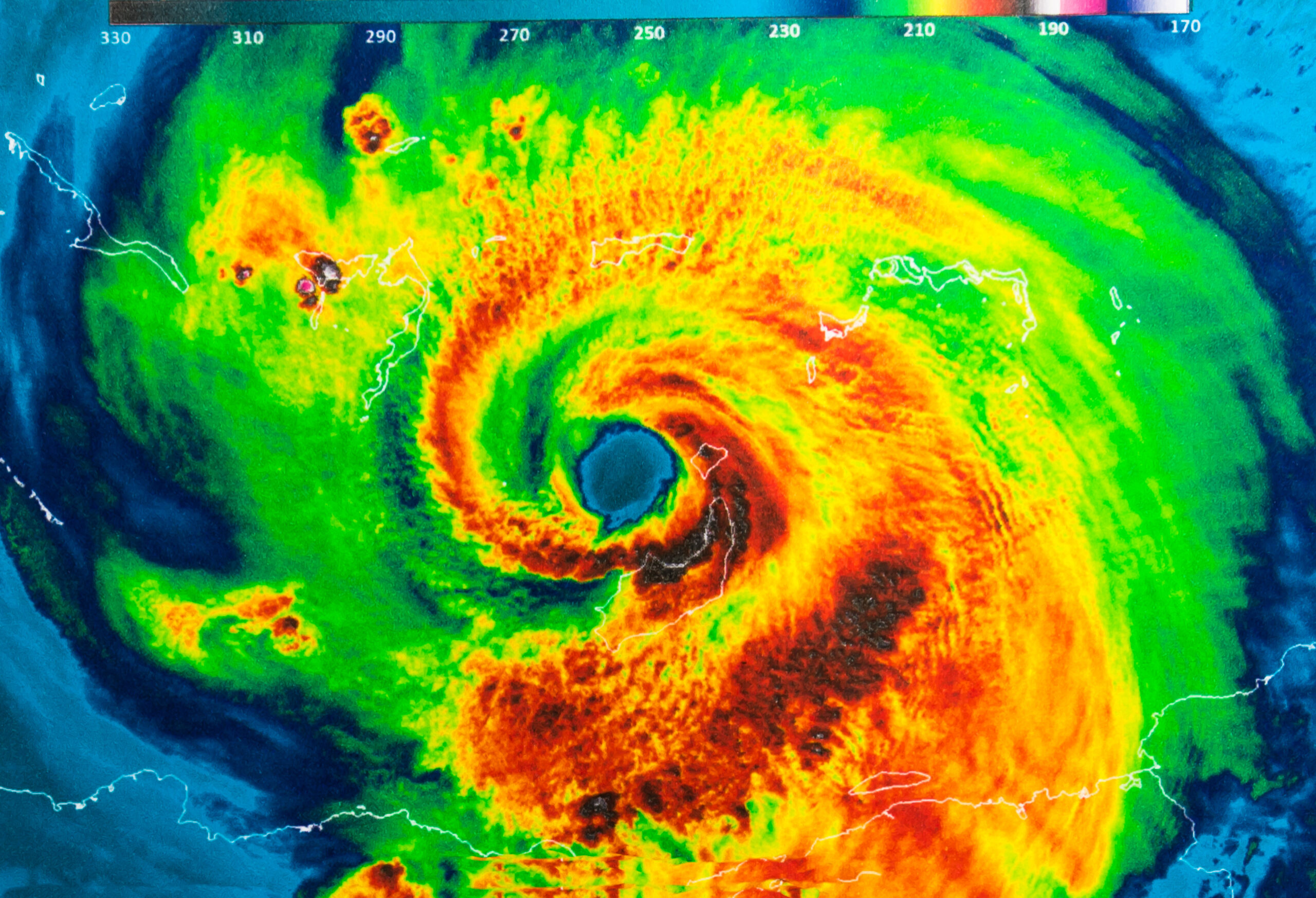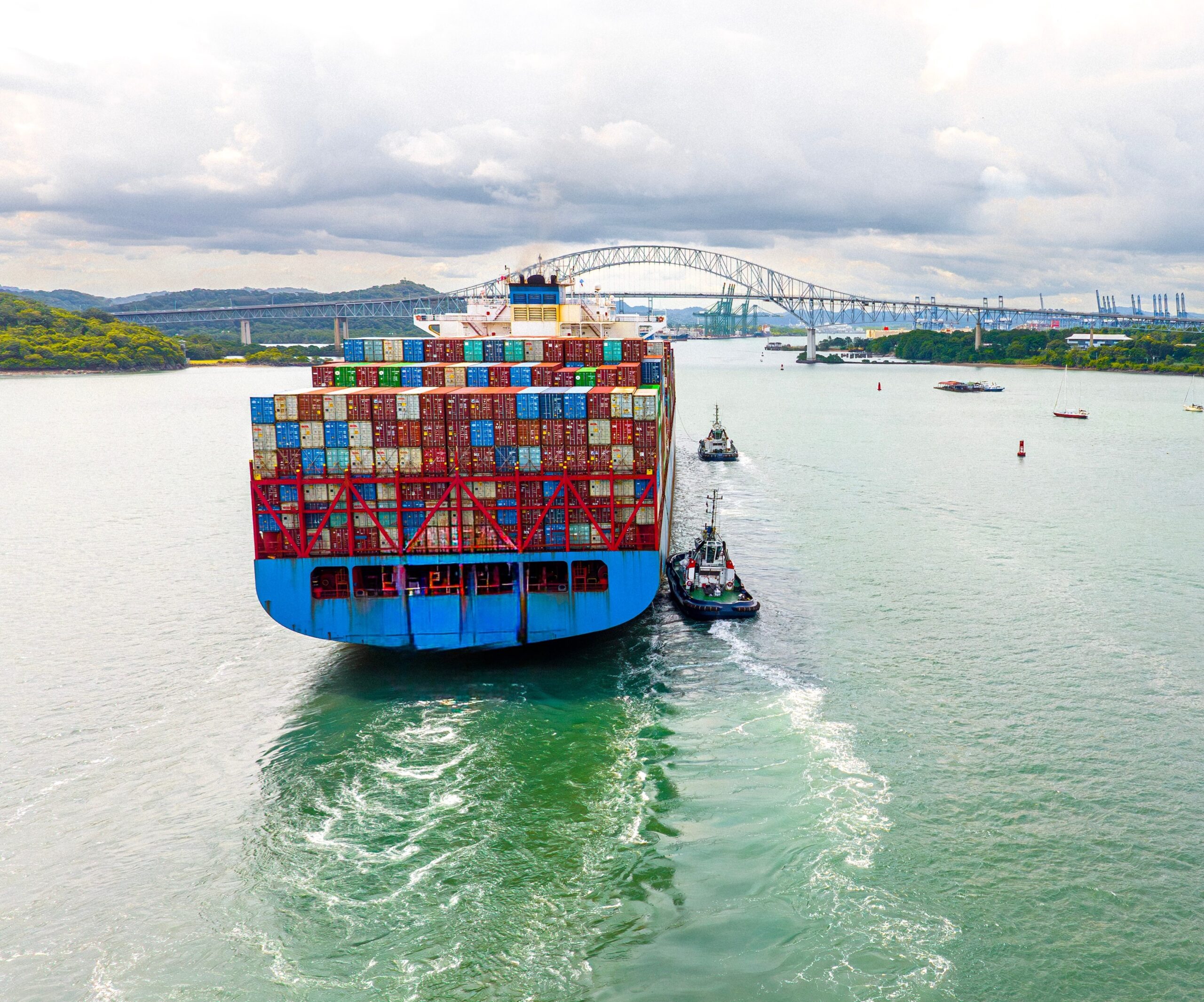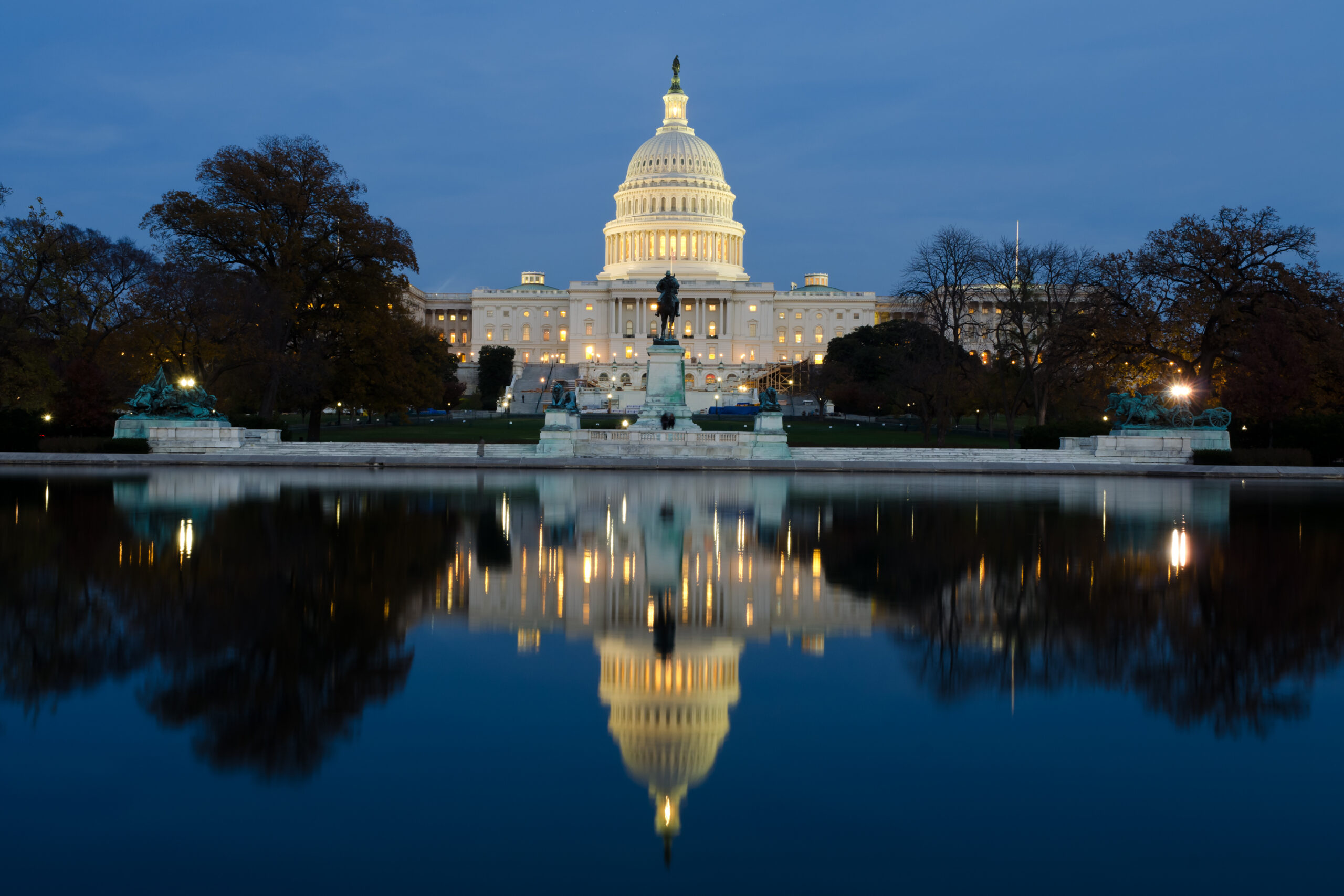Hurricane Fiona Situation Report #4
This report provides an assessment of the impacts to healthcare and public health due to Hurricane Fiona.
Note: Green text indicates new or updated content in this report compared to the previous report.
Healthcare Ready's Posture
Healthcare Ready is ENGAGED for the response to Hurricane Fiona and Hurricane Ian (situation reports for Hurricane Ian are sent separately). We are closely tracking impacts to healthcare supply chain and healthcare access for both events. In addition to situation reporting, we are updating Rx Open daily to map open pharmacies in Puerto Rico and Florida. We are also sharing updates for responders and the public on social media: Twitter, Facebook, and LinkedIn.
High-Level Situation Summary
Puerto Rico has been heavily impacted by Hurricane Fiona. Parts of the island have experienced up to 27 inches of reported rainfall, but as of 9/22, flood conditions are diminishing across the island. Weather forecasts indicate that the western coast of the island will receive additional rainfall from 9/22 to 9/25. The most impacted areas of the island are the southern, southwestern, and central mountain regions of the island; these areas are currently most susceptible to flooding. As of 9/22, an excessive heat warning is in effect along the North coast of Puerto Rico from Toa Bajo to Arecibo. With many residents remaining without power and air conditioning, risk of heat illness is increased.
Highlights
- President Biden approved a major disaster declaration on 9/21, authorizing the mobilization of additional resources and federal funds for recovery.
- All hospitals in Puerto Rico are operating, with 41 operating on generator power, a number that has been decreasing as the national power grid comes online.
- As of 2pm ET 9/22, 73% of pharmacies are reporting as Open in Puerto Rico. Most remain on generator power.
- As of 2pm ET 9/22, all dialysis clinics are operational, with some remaining on generator power.
- 65% of the island remains without power. Power restoration is concentrated in and around San Juan. Restoration timelines for the rest of the island are not yet clear.
- Around 67% of residents have had potable water restored as generators have been installed at water treatment plants.
Assessment of Healthcare and Logistics Impacts
Emergency Declarations and Measures
- On 9/21, the Biden Administration has approved a major disaster declaration for Puerto Rico, authorizing for individual and government assistance to affected individuals and municipalities.
- Governor Pierluisi has requested a major disaster declaration from the White House on September 20 to bolster federal resources supporting the island’s recovery. As of 11am 9/20, the Biden Administration has not approved the request.
- Puerto Rico Governor Pedro Pierluisi declared a state of emergency on Saturday, 9/17.
- Governor Pierluisi issued an Executive Order OE-2022-048 granting immunity to physicians, osteopaths, nurses, physician’s assistants, and health professionals assisting the government during the duration of the declaration of emergency for Hurricane Fiona.
- On Sunday, September 18, 2022, President Biden approved an emergency declaration to provide federal assistance and resources in response to Hurricane Fiona.
- Executive Order 22-0915 signed on September 20, guarantees access to medications of beneficiaries of Plan Vital, the government health plan of Puerto Rico. The plan provides physical and mental health services to 1.3 million Puerto Ricans. The Executive Order authorizes Pharmacy Benefit Manager/Management (PBM) to fill 50% of a prescription without a primary care provider’s signature.
- Pharmacies that provide services to beneficiaries of social health care plans can only charge the copay on the Vital insurance card.
- The order does not apply to controlled substances (Schedule 2 drugs).
Critical Infrastructure Impacts
- Power
- As of Thursday 9/22, 65% of the island remains without power, with the majority of outages remaining in the northwest, southern coast, and the interior of the territory.
- Power has been restored to about 420,000 clients mainly in San Juan and the regions to its south.
- There are 40,951 electricity dependent Medicare beneficiaries in Puerto Rico, with large proportions of them residing in San Juan (3,720 patients), Bayamon (2,555), Ponce (1,891), Caguas (1,763), Carolina (1,628), Arecibo (1,183), and Mayaguez (1,158). Most municipalities have hundreds of electricity dependent patients (see the emPOWER Map for municipality-specific data).
- As most power restoration has occurred in San Juan and the surrounding regions, including Bayamon, the majority of electricity dependent patients in Puerto Rico (including the thousands in highly populated southwestern municipalities like Ponce and Mayaquez) are reliant on generator power in their homes or in shelters to operate their medical devices. If power is not restored, the chances of generators failing or running out of fuel increases, as does the risk of patients suffering negative health impacts.
- LUMA Regional Operating Centers (ROCs) have been deployed to assess damage and give estimated timelines of restoration to other parts of the island. Updates on power restoration will be given periodically through the LUMA website and their Twitter feed. The exact timelines for restoration have not yet been published.
- As of Thursday 9/22, 65% of the island remains without power, with the majority of outages remaining in the northwest, southern coast, and the interior of the territory.
- Fuel
- The availability of fuel seems to not have been impacted by Hurricane Fiona, but accessing fuel may pose a problem while roads and other major infrastructure are obstructed by debris or water.
- There have not been reports of generator fuel shortages for healthcare facilities as of this report. However, if power outages remain widespread and are in effect for an extended period, generator fuel availability may become an issue.
- Transportation
- Integrated Transport
- The following modes of transport are fully operational:
- Ferries between Ceiba and the islands of Vieques and Culebra
- Ferries between San Juan and Cataño
- Tren Urbano, the train system serving 16 stations in San Juan, Guaynabo, and Bayamón
- Freight transportation of commercial and public goods
- The following modes of transport are fully operational:
- Road closures
- Landslides and sinkholes have closed local roads in Humacao, Guyama, and Toa Baja, among others. DTOP is calling on drivers to take precautions when driving and to report landslides and other obstructions on the roads.
- Airports
- San Juan’s international airport (SJU) resumed air operations on Monday, September 19. Fernando Luis Ribas Dominicci Airport in Isla Grande and Rafael Hernandez Airport (BQN) in Aguadilla also opened on September 19.
- Flights resumed on Tuesday, 9/20 at Eugenio María de Hostos airport in Mayagüez. The terminal and runway remain powered by generators.
- Mercedita International Airport
- As of 9/22, PSE has opened its runway and is open for commercial flights.
- Port status
- Puerto Rico
- All ports in Puerto Rico have resumed normal operations and are now open 24 hours.
- Puerto Rico
- Integrated Transport
Access and Re-entry
- There is no formal access and reentry program in Puerto Rico. All 78 municipalities of the Commonwealth of Puerto Rico are tasked with coordinating specific access and re-entry requirements for vehicles transporting staff, supplies, and other essentials in close coordination with the Government of Puerto Rico and federal agencies.
Healthcare Response Updates and Needs
- Emergency Medical Services
- No impacts to emergency medical services have been reported as of this report. However, disruption to patient movement can be expected due to road conditions and closures.
- 5 (+1) hurricane related fatalities have been reported as of 9/22.
- Healthcare Facilities
- All hospitals are operational with 41 (-14) hospitals relying on generators, as of 9/22.
- Figures show that hospitals reliant on generator power are gradually decreasing as the national power grid is restored.
- The increased temperatures may negatively impact patients that are without power and are not able to access air conditioning.
- Hospitals in the Ponce, Mayaguez, Cabo Rojo, Yauco, y San Germán regions should take extra caution with the care of their patients and their power supply as they are still under heavy rainfall. Cancellations of surgeries and elective appointments are likely.
- All hospitals are operational with 41 (-14) hospitals relying on generators, as of 9/22.
- Health Clinics
- The status of free and charitable clinics and federally qualified health clinics is largely unknown at this time as damage assessments are underway. Healthcare Ready is working on mapping the operating status of these facilities once information is received.
- As these clinics support the medical needs of the uninsured, the status and operations are critical to serving those impacted by Hurricane Fiona.
- Pharmacy
- Rx Open is activated for Puerto Rico and the US Virgin Islands. The map was last updated at 2 pm ET, September 22. As of this update:
- 73.18% (+2.25% from 9/21) of pharmacies are reporting as Open in Puerto Rico.
- 8.70% (+1.61%)of participating pharmacies in Puerto Rico were reporting Closed or Unknown.
- The following counties are reporting less than 50% of pharmacies as Open
- Barranquitas, Mayaguez, Penuelas, Santa Isabel, Yauco Municipios.
- The following counties are reporting less than 50% of pharmacies as Open
- Rx Open is activated for Puerto Rico and the US Virgin Islands. The map was last updated at 2 pm ET, September 22. As of this update:
- Dialysis
- All dialysis centers are operating as of 9/22. A number of the sites remain on generator power, and some are running on water tankers.
COVID-19 and other Infectious Diseases
- COVID-19
- As of September 21, CDC reports medium community spread throughout most of Puerto Rico, with low community spread in in six municipalities including Vieques. CDC reported 5,124 cases in the last 7 days in Puerto Rico.
- With people entering shelters due to the hurricane, there is a higher potential for COVID to spread and possibly increase throughout the island.
- Monkeypox
- CDC reports 163 cases in Puerto Rico as of September 21. There is minor risk of more infections due to people entering shelters after the hurricane.
- Leptospirosis risk
- No cases reported as of September 21. Due to contaminated water from flooding, there is increased risk of this illness spreading throughout the island. We are monitoring for reports of spread of leptospirosis.
Supply Chain
- Manufacturing: Pharmaceutical and medical device manufacturing companies have operations in Puerto Rico. Though assessments of manufacturing facilities are on-going, experts do not expect any large-scale disruptions to the medical supply chain.
- Distribution: The distribution of medical supplies should be closely monitored as roadways, bridges, and other transportation infrastructure could be impacted by heavy rainfall, debris, flooding, and landslides.
Emergency Prescription Refills
- In an emergency situation, Puerto Rico law dictates that prescribing professionals may provide a prescription verbally or digitally, provided that the physical prescription be provided to the pharmacy less than 120 hours later. The pharmacist may dispense an emergency medication to cover at most a 120-hour period.
- As of 9/20 3pm ET ASPR’s Emergency Prescription Assistance Program (EPAP) has not been activated.
- Executive Order 22-0915 signed on September 20, guarantees access to medications of beneficiaries of Plan Vital, the government health plan of Puerto Rico. The Executive Order authorizes Pharmacy Benefit Manager/Management (PBM) to fill 50% of a prescription without a primary care provider’s signature.
Evacuations and Curfews
- There are no reported curfews at this time.
- No major evacuations at this time, however, many water rescues have been reported.
Sheltering
- There are 38 (-55) shelters currently open as of 9/22, with 469 (-608) occupants in shelters in Puerto Rico.
- Shelters with the highest populations are in Ponce, Hormigueros, and Salinas.
- More than 60% of residents in these areas are still without power.
- Per the Puerto Rico Voluntary Organization Active in Disasters (VOAD) group, all shelters have the capacity to accommodate people with medical needs.





